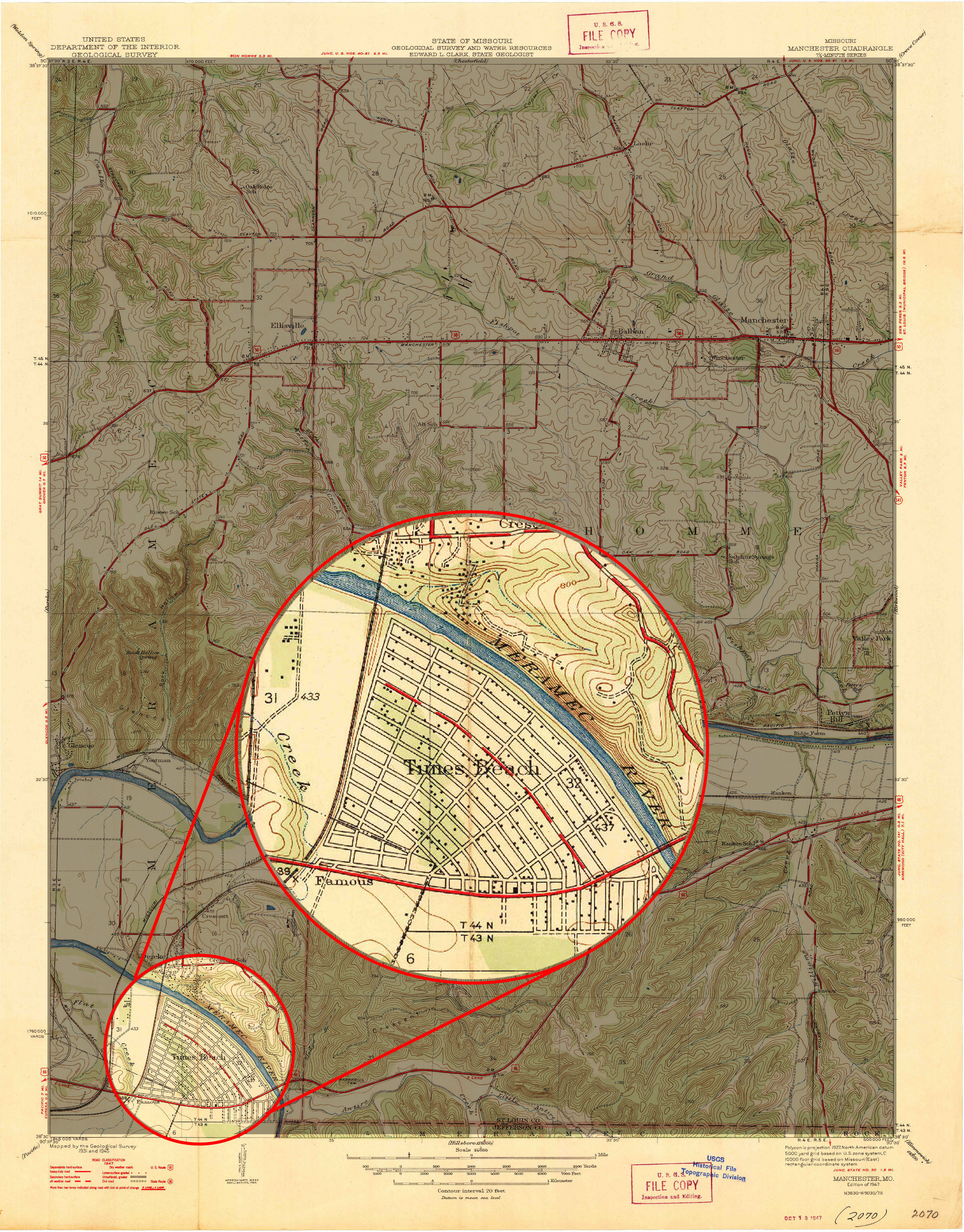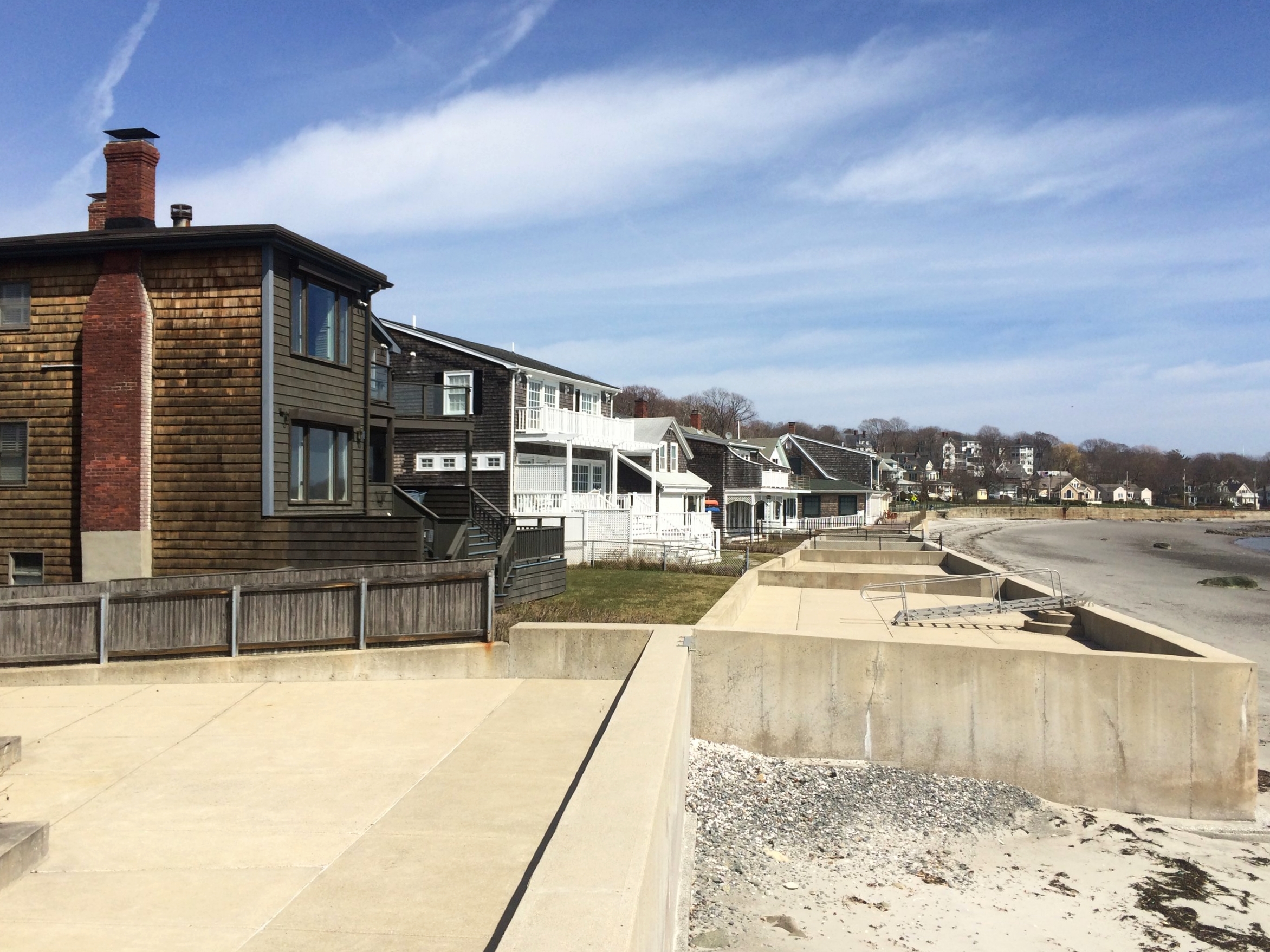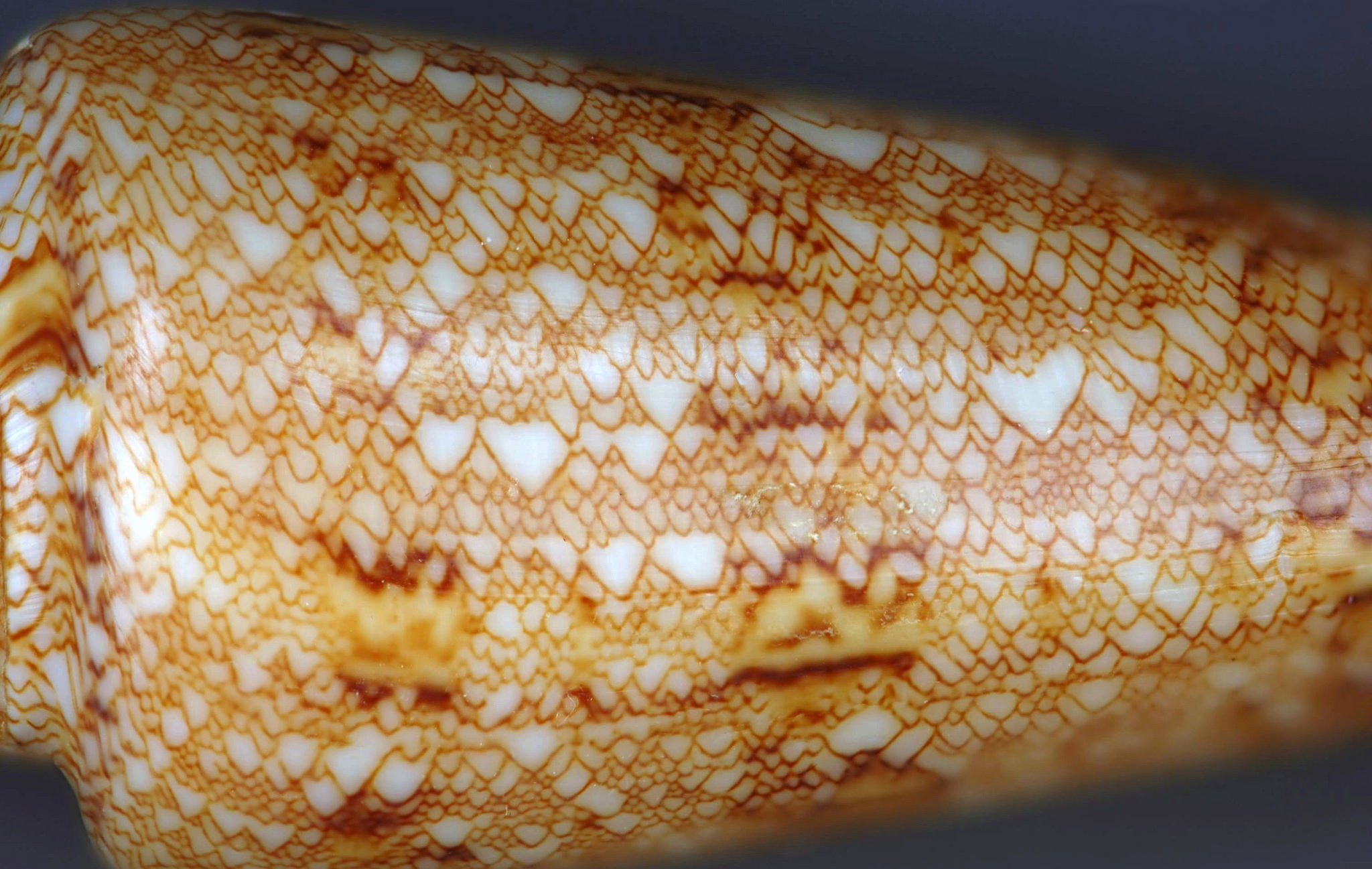Bright Lights, Big Salad
Lēf Farms built a $10 million dollar, state of the art, automated greenhouse, hoping to sell baby greens branded as fresh and local to area grocery stores and restaurants. But even local foods can meet with local opposition when the neighbors see a farm that doesn’t match their expectations for what agriculture should look like.
The inside of the Lēf Farm’s 50,000 square foot greenhouse sort of looks like a cross between a computer chip factory clean room, a Ford automotive factory and an Ikea. They’ve invested in a way to grow baby greens incredibly fast. Two weeks fast. They currently have one crop that takes 13 days from germination to harvest, and another that’s 17 days.
And this greenhouse, at full capacity, will be able to grow 1.3 million pounds of baby greens each year, with growth happening year round, even in the middle of a harsh New England winter.
That is… a lot of salad.
How Does it Work?
This Ford factory style greenhouse is almost completely automated. But instead of Mustangs, it’s cranking out baby greens. Instead of pots, the plants are grown in long trays they call “gutters” and they take up the entire greenhouse floor.
“[It] looks like a miniature rain gutter, specially designed to hold our growing medium, and also work with automation. About 19 feet long, just under 2 inches wide.” Says Bob LaDue, Vice President and COO of Lēf Farms.
It’s basically an assembly line for growing lettuce. First, a machine fills each of these gutters with a really thin layer of nutrients. Next, a robotic arms swings that gutter over to a different machine which sprinkles a precise number of tiny seeds into the soil. Robotic arm number two then swings the gutter out onto the greenhouse floor.
“Hydroponic technology is much more efficient in terms of getting nutrition to the plant. So we can essentially cut the growth time in half.”
Once these gutters are position, the plants receive a steady dose of liquid food from underneath the gutter. There are large storage tanks of this solution on the property. It’s what you’d expect to see at a big industrial chemistry lab.
No humans touch these plants.
Bob explains that the, “hydroponic technology is much more efficient in terms of getting nutrition to the plant. So we can essentially cut the growth time in half.”
So now you’ve got this image: a big greenhouse, about the size of a football field. Glass roof, glass walls.
Inside Lef Farms 50,000 sq. ft. greenhouse | Photo: Todd Bookman
And the whole thing is actually a conveyor belt. The gutters start at one end and move down the length of the greenhouse. When they get to the opposite end they start their slow motion journey, back towards the other end.
And so as you walk the length of this greenhouse, you can actually see the plants get taller and taller.
“As we walk down the greenhouse, each one of these groups is one day older than the last, so you can see the crop growing. Getting bigger, a day older than the last one.” Says Henry Huntington, the CEO of Lēf Farms.
So, at the end of their plant journey, they get swept away by yet another conveyor belt that runs the plastic gutter through a harvesting machine, which snips the greens down at the stalk.
The leaves get bagged by another machine. The plastic gutters get rinsed out, what’s left of the stalk gets composted, and the process starts all over again.
So How Much Does it Cost?
Henry invested $10 million dollars to get this greenhouse up and running. Which is a LOT of money for a greenhouse, but think about how much baby greens cost. Lēf sells those 5 ounce clam shells you see lined up at the grocery stores for somewhere between $3.99 and $4.99, a package.
Baby Greens are the Prada of produce, the Lamborghini of lettuce, the Stradivarius of salad.
But just to be clear, this isn’t exactly an easy thing to pull off: lettuce usually does not want to grow in the middle of the New England winter. Lēf needs to mimic June weather—a warm and humid, 75 degrees—365 days a year. Plus, lots of natural light.
“Essentially, we have to feed the plants the same amount of light every day, [a] 24-hour period day, and we want to get as much as we possibly can from the sun, and anything that we don’t get from the sun, we have this lighting system to provide whatever is in deficit.” Says Bob LaDue
So high powered, specialized lights turn on in the greenhouse when the sun goes down. And this is great news if you’re a baby green, but stop and think about this for a second. A glass building, in a cold and rural part of the world, inside of which, at night, they have to turn on extremely bright lights.
Bright Lights, Big Problem
The Lef Farms Greenhouse at night in March of 2017 | Photo: Sam Evans-Brown
Tom Schneider was not thrilled, to put it mildly, when the greenhouse went up and got turned on. “I was pissed when I saw that light. I just couldn’t believe it. And I saw it, and I thought, now how can you do that?” He says. “I mean, in the annals of fucked up business moves, this seriously rates its own chapter.”
Tom and his wife and kids live in Loudon, in an old farmhouse high up on a ridge that he bought a little while back. “It’s 360-degrees of just beauty. It is hard to describe. It is better than I thought it was going to be. The sunrise, the sunset, are like nothing I’ve seen. And I think that’s probably what concerned me at first. What’s this going to do to the view? And I think that sounds kind of selfish. I should be more concerned with the ecological, and the physiological, and the psychological impacts this might have, but initially I thought: aesthetics.”
It’s worth mentioning that Tom’s house is 6 miles as the crow flies from Lēf Farms. And when these lights were switched on for the first time this past winter, Schneider says he didn’t even understand what it was. He just saw this strange haze gobbling up a section of the sky.
“Unnatural. It wasn’t a natural color, like a sunset.” He says.
“I was pissed when I saw that light. I just couldn’t believe it. And I saw it, and I thought, now how can you do that?”
Now, Tom is not the only one being impacted by the light pollution from Lēf Farms. Molly and Dan Sperduto live in the opposite direction from the greenhouse. They’ve got this great house out in a clearing.
Here’s how Molly described the greenhouse: “So the sky is just an orange glow. Actually the first night we were driving up Route 106, and we all thought maybe there was a horrific accident because the sky was so bright, we thought there was a fire, or a conflagration of some sort.”
Molly says the light is so bright, she doesn’t need a flashlight when she takes her dog on early morning walks in the woods. And since their bedroom window faces Lēf Farms, even with their blinds closed, the light seeps into the room. Dan has taken to wearing a sleep mask.
“If you were into star watching, sky watching, constellations and stars and all that, it would pretty much ruin it. If you were here on a good star night, and that light came on, show would be over.” Says Dan.
You Have to See it to Believe It
Since people started getting mad about the overnight lights, Lēf switched the hours they use the lights. Instead of turning them on in the evening, they wait until the middle of the night to turn them on, and they’ve cut back on the number of hours when they’re lighting up the greenhouse.
We went to see it for ourselves, at around 4 a.m. on a cold morning, and we could see the glow from miles away. This wasn’t like the vague bloom of a city that lays just over the horizon, it was a much more intense and all-encompassing incandescence, as if you might expect to see a massive structure fire when you turned the corner. Seeing this greenhouse in all its glory, you can understand the neighbors displeasure.
But who is really being impacted by the light? Night owls and insomniacs? Stargazers? There aren’t any neighbors in the immediate vicinity of the greenhouse—it’s in an industrial district that used to be a gravel pit.
But here’s where it get’s even more complicated: it’s a problem that could have been solved.
This crazy bright light is only about as half as bad as it could have been. When the company designed and built the greenhouse, it did attempt to cut back on light pollution by installing shade curtains. The problem is, the curtains they chose are porous instead of being a true blackout curtain. They only block about 50 percent of the light from the greenhouse. And that 50 percent winds up being enough light pollution to pack a town hall meeting.
“Anybody Have an Answer?”
In January of 2017, the Loudon Planning Board met for their regularly scheduled Thursday evening meeting. It’s important to note here that Henry Huntington, CEO of Lēf Farms, is on the planning board, so the first thing he did wass recuse himself from the discussion and take a seat in the front row. Now usually, these meetings are small town government at its most idyllic (which is to say, unremarkable). But instead of sleepy talk talk of zoning amendments and easements, it was standing room only... to bitch about the lights.
“What’s this going to do to property values, for the realtors. Who is going to want to buy a house in London when the sun is out at midnight?” said Loudon resident Skip. “I want to know what the plan is from the planning board on cutting these lights back. You guys got a plan, have you talked it over? What’s the plan, planning board? Anybody got an answer? What are you going to do about the lights? Anybody have an answer?”
This went on for about 30 minutes. People like Skip, standing up and asking pointed questions about whether Lēf farms had the right permits, which the planning board kept saying they did.
Was an environmental impact study done? No.
A regional impact study? No.
Were planning boards in other towns notified? No.
Does Loudon have a dark sky ordinance on the books? Again, no.
And finally, after everyone who wanted to say their piece had said it, Henry Huntington stood up. And he turned to the audience and he asked for their understanding. “We built a business that is extremely sustainable. It is answering the question for folks that are looking for local food production, instead of having all their food grown in California and trucked across the country. It’s all these things that are really good for the region. The last thing we thought was that this as going to be a problem.”
But here’s the thing: the Huntington family have been in the greenhouse business for 40 years. They own other financially successful greenhouses in Loudon that grow flowers. And neighbors of those greenhouses have complained about light pollution. That’s in part why they installed the shade curtains to begin with. They just didn’t opt for the really thick ones, and because of how the assembly line is set up, you can’t get to the shades without shutting down the whole operation. And that’s likely the mistake Henry is really kicking himself over.
“We built a business that is extremely sustainable. It is answering the question for folks that are looking for local food production, instead of having all their food grown in California and trucked across the country. It’s all these things that are really good for the region. The last thing we thought was that this was going to be a problem.”
He continued, “I apologize for where we are at. We’ve made a huge investment in this operation, I can’t afford to shut down and do this now. It would require me to completely shut down to be able to do this, and so that is why I’m asking for some patience, to be able to get this done.”
Local Isn't Always Best When it Comes to Carbon
Which brings up this question: why are we trying to grow a plant that doesn’t survive a frost in a place where it’s freezing 5 months out of the year? If you’re worried about carbon emissions coming from lettuce, it takes two to four times less carbon to grow that lettuce in a place like Florida or Mexico, load it onto a truck and ship it north.
“We’ve reached this point where “local is good” no matter what local is, and it sort of skips right over the fact that growing semi-tropical plants in a heated greenhouse in a place near the Canadian border has some issues.”
Local Food has recently been held up as a solution to all of the problems with our food system, from carbon emissions, to bad labor practices, to massively subsidized agribusiness. But it’s important to ask yourself, what problem are you trying to solve? Because if it’s reducing carbon emissions, than buying lettuce, grown locally, in a greenhouse that operates all winter, you’re not really solving the problem.
Greenhouse growing does use water and space dramatically more efficiently, so if you’re worried about California’s water issues or about the amount of land that we devote to agriculture, this is an alternative. And it does produce vegetables without being really exploitative of migrant workers (though it does that by cutting way back on workers in general), but those are really different problems than carbon.
We’ve reached this point where “local is good” no matter what local is, and it sort of skips right over the fact that growing semi-tropical plants in a heated greenhouse in a place near the Canadian border has some issues. But now that Americans are accustomed to eating any vegetable they like, any time of year, it’s probably too late to turn back the clock.
Outside/In was produced this week by:
Outside/In was produced this week by Todd Bookman with help from: Sam Evans-Brown, Maureen McMurray, Taylor Quimby, Molly Donahue, Jimmy Gutierrez, Hannah McCarthy, and Logan Shannon
Special thanks to Dan Barrick, the NHPR News Director for letting us borrow Todd while he worked on this story.
Music from this week’s episode came from Blue Dot Sessions, Podington Bear, Jason Leonard, and Latch Swing.
Our theme music is by Breakmaster Cylinder.
If you’ve got a question for our Ask Sam hotline, give us a call! We’re always looking for rabbit holes to dive down into. Leave us a voicemail at: 1-844-GO-OTTER (844-466-8837). Don’t forget to leave a number so we can call you back.






































